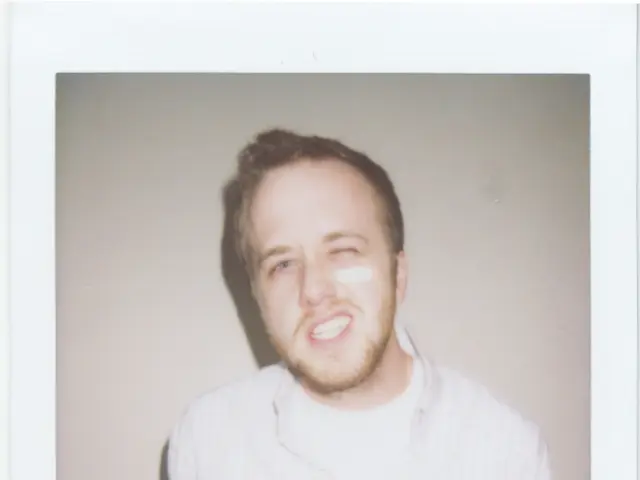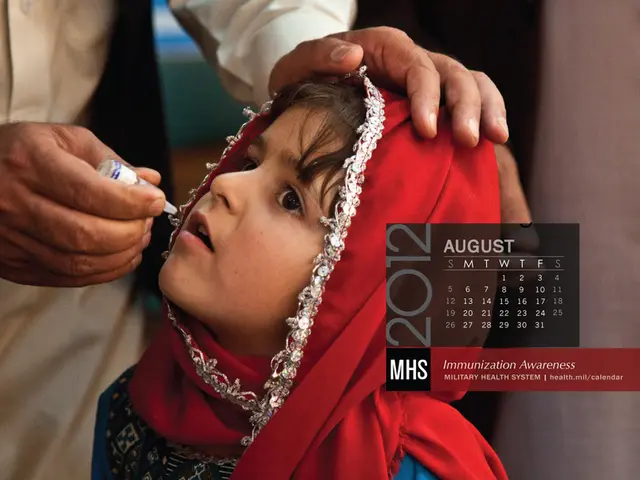Brain Structures: Insight on Parietal Lobe, Role, Illustrations, and Associated Disorders
The human brain, a complex organ, is divided into four major lobes, one of which is the parietal lobe. Located behind the frontal lobe, with the central sulcus separating the two, the parietal lobe sits near the upper back portion of the skull, close to the parietal bone. This lobe plays a crucial role in interpreting the sensory world around the body.
Damage to the parietal lobe can have significant effects on various cognitive functions and daily activities. One of the most common health conditions associated with parietal lobe damage is the impairment of sensory perception, spatial awareness, and coordination. People with such damage often experience somatosensory deficits, leading to impaired ability to feel or recognize the position of their limbs, visuospatial impairments that make navigating familiar places difficult, and neglect or inattention to one side of the body or space.
These impairments can manifest in several ways. For instance, a person might miss half a meal on their plate or ignore people on one side. They might also struggle with tasks involving writing, planning, or managing bills due to impaired spatial and cognitive processing. Fine motor control issues can lead to difficulties using utensils, phones, or tools.
Seizures originating from the parietal lobe are another possible outcome. These seizures may include somatosensory symptoms, ictal pain, and visuospatial abnormalities. Traumatic damage to the parietal lobes can also cause issues in recognizing body parts or their location, making it hard to integrate sensory information properly.
Contralateral neglect, where a person has less awareness of their nondominant side and the environment around it, often occurs as a result of damage to the nondominant parietal lobe. Another possible outcome of damage to the parietal lobe is agraphesthesia, a condition where a person cannot detect or identify basic shapes or letters drawn onto their skin.
The superior parietal lobule, a key area within the parietal lobe, is involved in memory and includes the parietal association cortex, which coordinates and integrates information from all the senses. The somatosensory cortex in the front part of the parietal lobe helps process and interpret touch sensations.
Damage to the right parietal lobe may lead to difficulty with images, spatial awareness, movement, and the ability to visualize and create. This can result in a condition known as parietal lobe syndrome, which may cause contralateral symptoms, meaning that the symptoms appear on the opposite side of the body from the lobe that experienced the damage.
The occipital lobe, behind and slightly underneath the parietal lobe, is another important part of the brain. The parieto-occipital sulcus divides these two lobes. The Sylvian fissure, or lateral sulcus, separates the parietal lobe from the temporal lobe. The parietal lobe is divided into two hemispheres by the central furrow, or medial longitudinal fissure.
One specific syndrome associated with damage to the angular gyrus, on the dominant side, is Gerstmann's syndrome. This syndrome is characterized by an inability to write, perform arithmetic, recognize which finger is which, and trouble differentiating the right from the left side of the body.
In summary, the parietal lobe plays a vital role in our daily lives, primarily by integrating sensory information, facilitating spatial cognition, and coordinating motor functions. Damage to this lobe can significantly impact these functions, leading to various cognitive and physical challenges. Understanding the parietal lobe and its functions can provide valuable insights into the complex workings of the human brain.
- Impairments resulting from damage to the parietal lobe can include agraphesthesia, a condition where a person cannot detect or identify basic shapes or letters drawn onto their skin.
- Damage to the right parietal lobe may lead to difficulty with images, spatial awareness, movement, and the ability to visualize and create, resulting in a condition known as parietal lobe syndrome.
- One specific syndrome associated with damage to the angular gyrus, on the dominant side, is Gerstmann's syndrome, characterized by an inability to write, perform arithmetic, recognize which finger is which, and trouble differentiating the right from the left side of the body.
- The predictive science of health and wellness is increasingly focusing on the role of the parietal lobe in the early detection of neurological disorders, such as Alzheimer's and depression.
- Rheumatoid arthritis, a medical condition affecting the joints, could potentially be linked to damage in the parietal lobe due to its effects on motor functions and spatial cognition.




